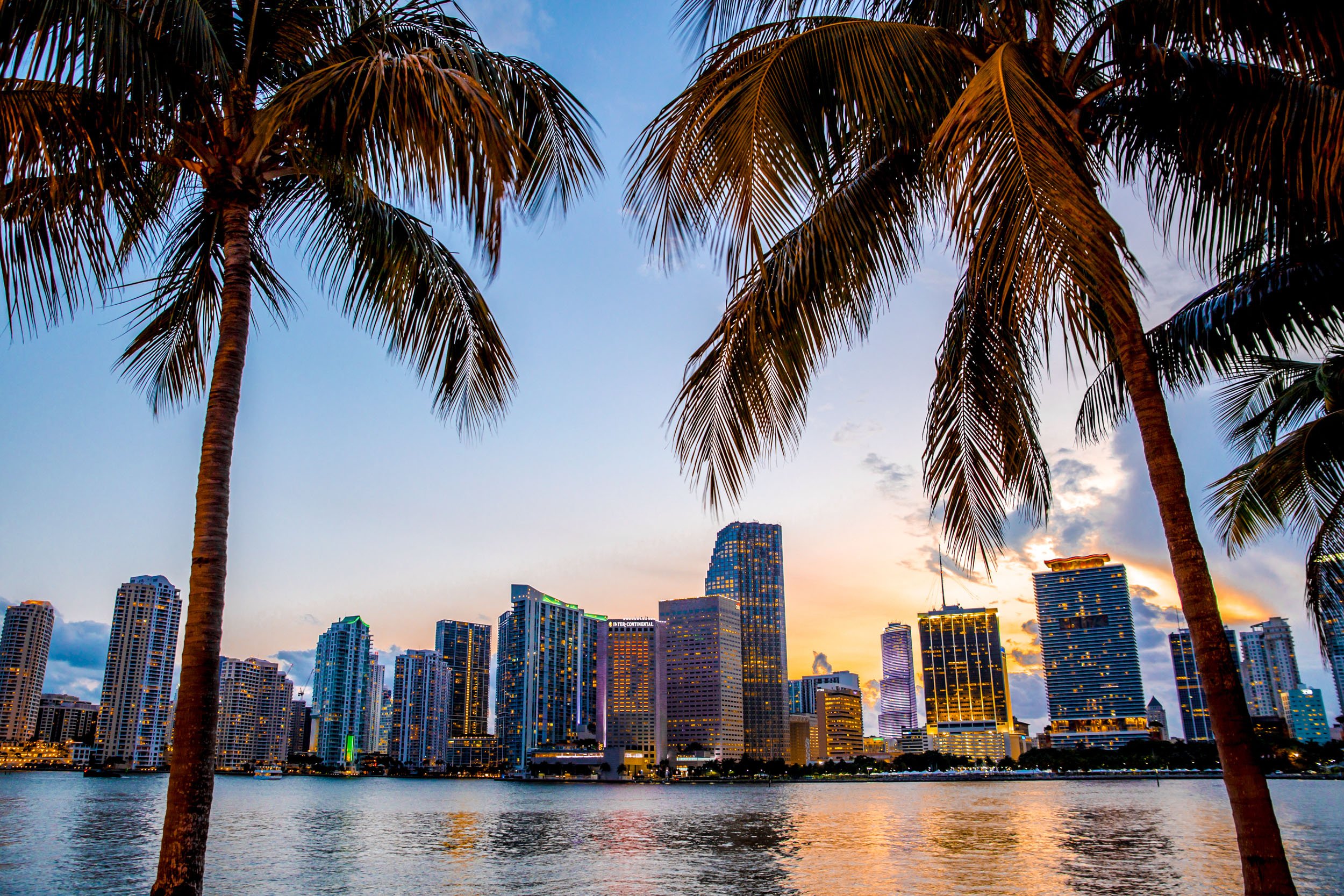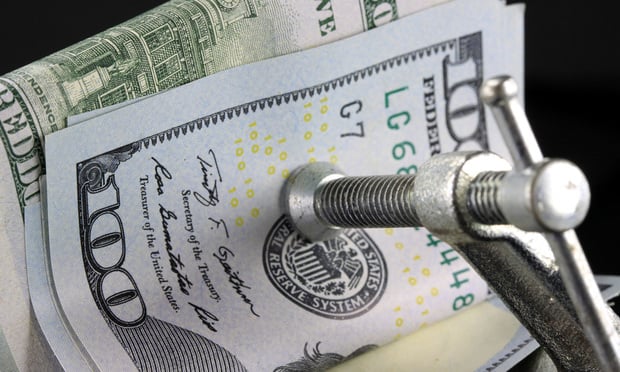McLEAN, VA—With little fanfare last week, Freddie Mac launched the first of what it hopes will be a series of lender initiatives that will encourage energy efficiency: a Green Rebate to borrowers that voluntarily provide an ENERGY STAR score with their loan documents.
The GSE is working on few more initiatives, which it hopes to introduce soon, Mitchell Resnick, vice president of capital markets for Freddie Mac Multifamily, told GlobeSt.com.
The end result of these initiatives, one can assume from the GSE's hints and previous offerings, could be green securitizations of multifamily assets. Such a security, it must be said, is not a novel concept; other developers and REITs have invested in capital market financings tied to or based on energy efficient properties with success.
Fannie Mae, meanwhile, has developed a rich array of green finance products -- some of which are generous enough to catch the attention of institutional investors -- and has been quietly taking them to market as green MBS.
A Weird World
Welcome to the weird world of green building capital market finance. It is a quirky space in which the GSEs, which usually work in tandem on their product lines, in this case are far apart in their offerings. This is a market where companies try their hand at green bond issuance to great acclaim, but then generate little coverage as the proceeds are invested in LEED-certified or similar products. No one, it seems, is really following the money and drawing conclusions.
It is a world where the finance products run a very wide and diverse gamut from plain vanilla offerings, such as a basis point reduction on a loan that garners an institutional investor $100,000 in savings, to more elaborate structures such as energy-efficiency loan securitization platforms.
It is a world where it is difficult to answer why the CRE industry just can't pull the pieces together -- the investor demand, the supply of capital, the array of product -- to create an ongoing, robust marketplace of green building securitizations and bonds.
And now here comes Freddie Mac's Green Rebate, which comes to about $5,000 for buildings with more than 20 units. Let's start there.
Baby Steps
Put in the larger context, Freddie's Green Rebate inarguable falls in the category of baby steps. But considered against the GSE's own history of green lending, the effort is a valiant one.
Resnick says that once the GSE has financed enough transactions, it will include some of the loans in its K-Deal multifamily mortgage-backed securities. "There is a need for more LEED investments to fuel the budding green bond industry," he said.
Same Theme; A Different Year
But Freddie Mac has said such things before.
In January of 2014, Freddie Mac announced that it was considering either introducing some kind of green or sustainable multifamily security that year, or more likely, scoring its K-deals for their "greenness."
Freddie Mac and the US Environmental Protection Agency's Energy Star program had launched a finance program around that time aimed at encouraging apartment properties to cut down on carbon pollution. When it launched, Freddie Mac said it hoped the program would deliver enough data to support its aspirations for green multifamily securitization -- possibly even supporting a stand-alone green securitization, according to comments David Brickman, SVP of Multifamily made to GlobeSt.com then.
"Whether we would do a green security or give a security a green score is something we are talking about. We are very much looking at providing some green indicator or label to our securities," Brickman said.
An offering could well be coming this year [in 2014], Brickman continued, assuming certain problems were resolved, such as translating the assets' various scores into one single score for the securitization.
Fannie Mae's Making Progress
Fannie Mae, in contrast, has an array of green financing programs, some of which launched this year and some as far back as 2011.
Its green financing programs include Green Rewards, Green Preservation Plus, and the Green Building Certification Pricing Break, all of which are eligible for a 10 basis points reduction in the all-in interest rate.
One of its more recent programs -- the Multifamily Green Building Certification Pricing Break -- wound up saving an institutional investor some $101,000 in interest payments.
The property was The Station House, a LEED-certified 50-unit apartment building in Maplewood, NJ that was acquired in April by Prudential Real Estate Investors on behalf of an institutional client. Wells Fargo originated the $10.1 million loan. Fannie Mae says the loan was securitized in a green MBS "indicating to fixed-income investors that the bond supports reductions in impacts to the natural environment."
But while both GSEs seem to be executing their ideas cautiously -- with Fannie Mae leading the way -- they are both spot on about developers' interest in connecting capital market activity with their green assets.
Green Bonds in the Private Sector
Last year, Regency Centers Corp. sold $250 million in green bonds, with plans to use the proceeds to build LEED-certified retail centers. 2014 was also the year that Skanska took the plunge, offering a five-year $129 million green bond, with the invested capital slated for green commercial property development.
This May, Regency released more data about how it used the proceeds, which wound up netting $247 million. Seven LEED certified centers were funded and two developments that are in the process of seeking LEED certification were funded, it reported. [PDF]
As 2015 nears its end, the slow progress continues.
There have been $25.43 billion of green bonds issued round the world to date, according to the Climate Bonds Initiative, an investor-focused not-for-profit group whose goal is the channel some part of the $100 trillion global corporate bond market into climate change solutions.
Now, though, Citi is joining the fray.
Citi Becomes Member
Citi has just announced it is becoming a Climate Bonds Partner. Earlier this year, the lender said it would devote $100 billion over the next 10 years to finance activities that reduce the impacts of climate change; joining CBI is part of that grander scheme.
It must be noted that just because Citi has said it will invest $100 billion it won't necessarily find projects that meet its underwriting. This, of course, has become a common theme in commercial real estate investing in general -- there is no reason to think that energy-efficient projects would be immune.
And indeed, lack of product could well be one reason why the market has assumed the shape that it has -- that, along with lack of awareness.
So it will be interesting to watch Citi ply its trade in this space.
The lender has gotten fairly creative in structuring solutions to meet green goals, according to Climate Bonds' CEO Sean Kidney.
"They have not only been a huge lender to climate solutions around the world, but in structured finance they have, among other things, pioneered rooftop solar tax equity and set up ground-breaking energy efficiency loan securitization platforms with Renew Financial and Kilowatt Financial," he said in a prepared statement announcing Citi's new status within the organization.
Given all this activity, it is difficult to see how the capital markets will be wowed by a $5,000 green rebate. On the other hand, all of the aforementioned deals and developments are noteworthy at least in some part because they are still relatively rare.
And lack of awareness is a problem among investors. One reason why Resnick et al at Freddie Mac keep plugging away is that investors tell them that they want to invest in energy efficient capital market offerings -- but they just can't find any. What was that I just said about lack of product being an ongoing meme in real estate?
So on second thought, maybe Freddie Mac's $5,000 green rebate can move the needle just a little bit more.
© Touchpoint Markets, All Rights Reserved. Request academic re-use from www.copyright.com. All other uses, submit a request to [email protected]. For more inforrmation visit Asset & Logo Licensing.







